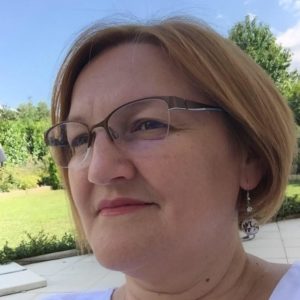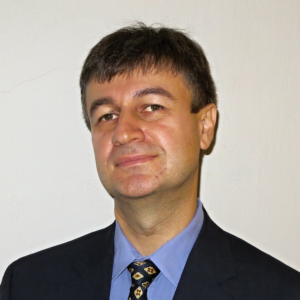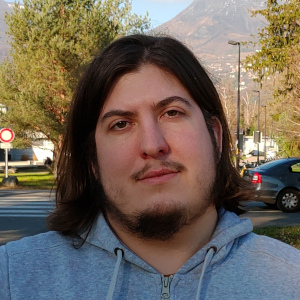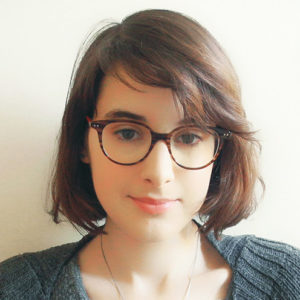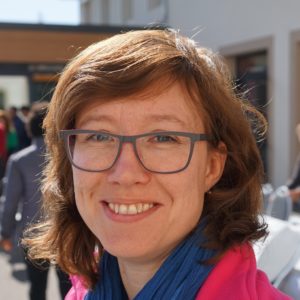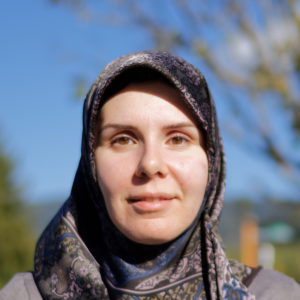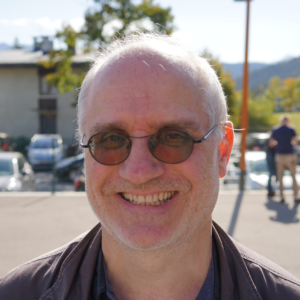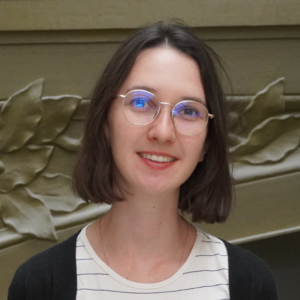Overview
The group covers all aspects of fundamental physics related to spin electronics by employing a wide range of theoretical approaches including ab initio, tight-binding, free electron and diffusive methods, combined with micromagnetic simulation approaches based on solution of Landau-Lifshitz-Gilbert (LLG) equation. This allows explaining experimental observations, providing solutions for specific problems and predicting novel properties and phenomena guiding the experimental work to optimize spintronic nanostructures.
Research directions
Electronic structure and magnetic properties of materials from first principles
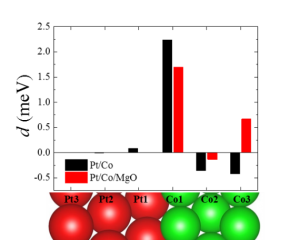
Ab initio calculations based on DFT are performed in order to provide insights into fundamental mechanisms of various spintronic phenomena, and to propose novel materials and their efficient combinations with required electronic structure and magnetic properties for optimal performance of spintronic devices.
Spin-dependent transport theories
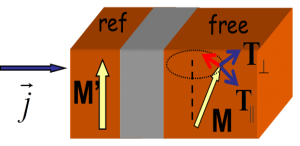
We employ tight-binding, free electron and diffusive approaches including Green function techniques in the framework of Keldysh and Kubo formalisms, in order to describe spin and charge transport properties in magnetic nanostructures with non-collinear magnetic moments in vertical, lateral and complex geometries.
Theoretical concepts for organic and graphene spintronics
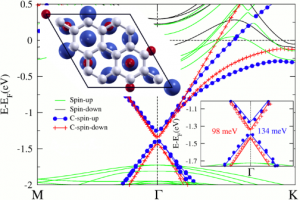
The goal of this topic is to harvest theoretically novel spin-dependent properties (e.g. proximity effects and defect induced magnetism etc.) in organic, graphene and related 2D materials based structures in the context of emerging field of graphene spintronics.
Micromagnetic modeling
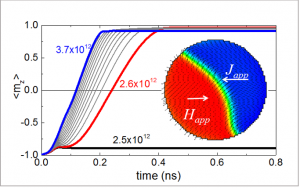
Magnetization dynamics (macrospin and micromagnetic) simulations under applied magnetic field and/or spin polarized currents are developed to address functionalities of spintronic devices (e.g. magnetization switching, synchronization and modulation for oscillators) in various geometries. Straightforward analytical models are developed to supplement fast and efficient understanding of the magnetization dynamics.
The team
Former members
Post-docs
- Ali HALLAL (2015-2019)
- Sergey NIKOLAEV (2015-2017)
- Debapriya CHAUDHURY (2016-2018)
- Cristian ORTIZ PAUYAC (2016-2017)
- Hongxin YANG (2013-2015)
PhD
- Daniel SOLIS LERMA (2016-2020)
- Paulo COELHO (with Magnetic Sensors Group, 2014-2017)
Internships
- Libor VOJACEK (2020)
- Brian CHARLES (with MRAM Group, 2016)
Projects
- ANR SpinSpike (2021-2024)
- ANR UFO (2021-2024)
- EU H2020 FET Project Flagship “Graphene” Core 3 (2020-2023)
- ANR MAGICVALLEY (2018-2021)
- ANR FEOrgSPIN (2018-2021)
- EU H2020 FET Project Flagship “Graphene” Core 2 (2018-2020)
- ANR JCJC MATEMAC-3D (2017-2020)
- EU H2020 ICT Project “SPICE” (2016-2020)
- EU H2020 ICT Project “GREAT” (2016-2019)
- ANR ELECSPIN (2016-2019)
- EU H2020 FET Project Flagship “Graphene” Core 1 (2016-2018)
- EU FET FP7 Project Flagship “Graphene” (2013-2016)
- EU M-ERA.NET HEUMEM supported via ANR-DFG (2014-2017)
- UGA Émergence et partenariat stratégique avec Western Digital (2015-2017)
- Samsung SGMI (2014-2017)
- ANR SOSPIN (2013-2016)
- ANR NMGEM (2010-2015)
- AGI14SMI15 AGIR (2014-2015)
Partners
- Transilvania University, Brasov, Romania
- IRIG/PHELIQS, Grenoble, France
- Institut Néel, Grenoble, France
- Unité Mixte Physique CNRS/Thalès, Palaiseau, France
- Laboratoire de Physique des Solides, Orsay, France
- Catalan Institute of Nanotechnology, Barcelona, Spain
- Institut Jean Lamour, Nancy, France
- Moscow Lomonosov State University, Moscow, Russia
- King Abdullah University of science and technology, Thuwal, Saudi Arabia
- University of Puerto Rico, San Juan, PR, USA
- Western Digital Corporation, CA, USA
- University of Bielefeld, Germany
- University of Kaiserslautern, Germany
- Max Planck Institute for Chemical Physics of Solids, Dresden, Germany
- Lawrence Berkeley National Laboratory, Berkeley, CA, USA
- ETH, Zurich, Switzerland
- NIMTE, Ningbo, China
Recent news
- Gradient-Induced Dzyaloshinskii–Moriya Interaction (April 17th, 2023)

The Dzyaloshinskii–Moriya interaction (DMI) arising in the magnetic systems with broken inversion symmetry plays an essential role in topological spintronics. Using atomistic spin model simulations of an intriguing type of DMI emerging in the films ... - Seminar – Coupled magnetic and molecular dynamics: Methodology and application to the simulation of magneto-elastic effects in iron (March 01st, 2023)

On Thursday, March 16 2023, we have the pleasure to welcome in SPINTEC Julien Tranchida, Research Scientist at CEA Cadarache. He will give us a seminar at 14:00, entitled: Coupled magnetic and molecular dynamics: Methodology and ... - Micromagnetics of chemical modulations in cylindrical nanowires (February 09th, 2023)

We combined chemical synthesis, magnetic microscopy and micromagnetic simulations to provide a comprehensive view of the micromagnetics of chemical modulations in cylindrical nanowires. This sets the ground for their use to investigate the specific aspects ... - Waking-up wireless sensor nodes with perpendicular magnetic tunnel junctions (December 19th, 2022)

Spin-torque-nanodiodes based on magnetic tunnel junctions are promising candidates for RF energy harvesters and ultra-low power wake-up receivers with performances that are expected to surpass those of semiconductor diodes. Experiments on magnetic tunnel junctions with ... - Computing and storing data at the nanoscale using magnetic skyrmions (December 08th, 2022)

Magnetic skyrmions are appealing for use in logic and memory devices combining small size and fast motion. Here, we propose to exploit skyrmion interactions to perform both logic and memory operations at the nanoscale. ...

